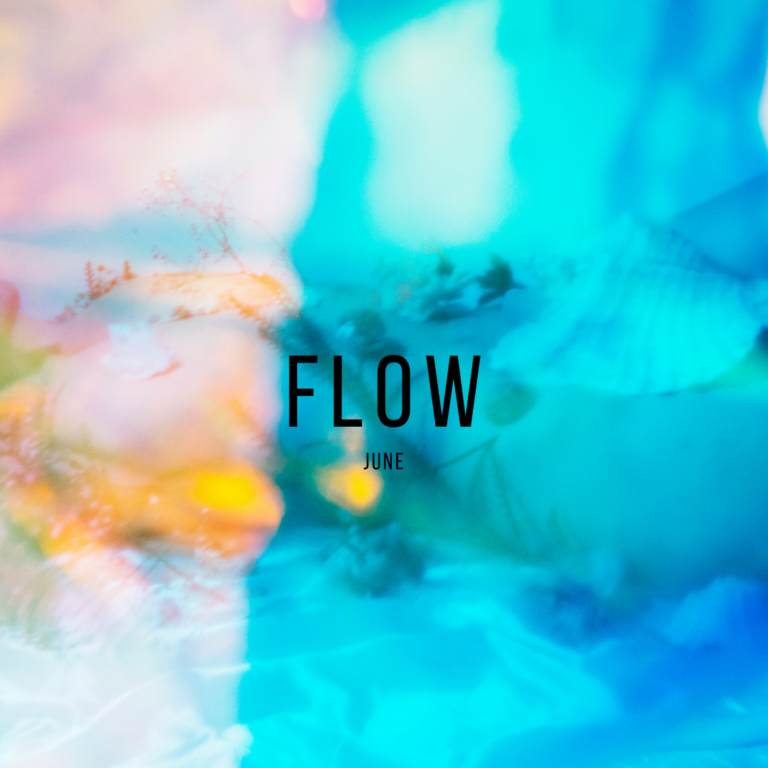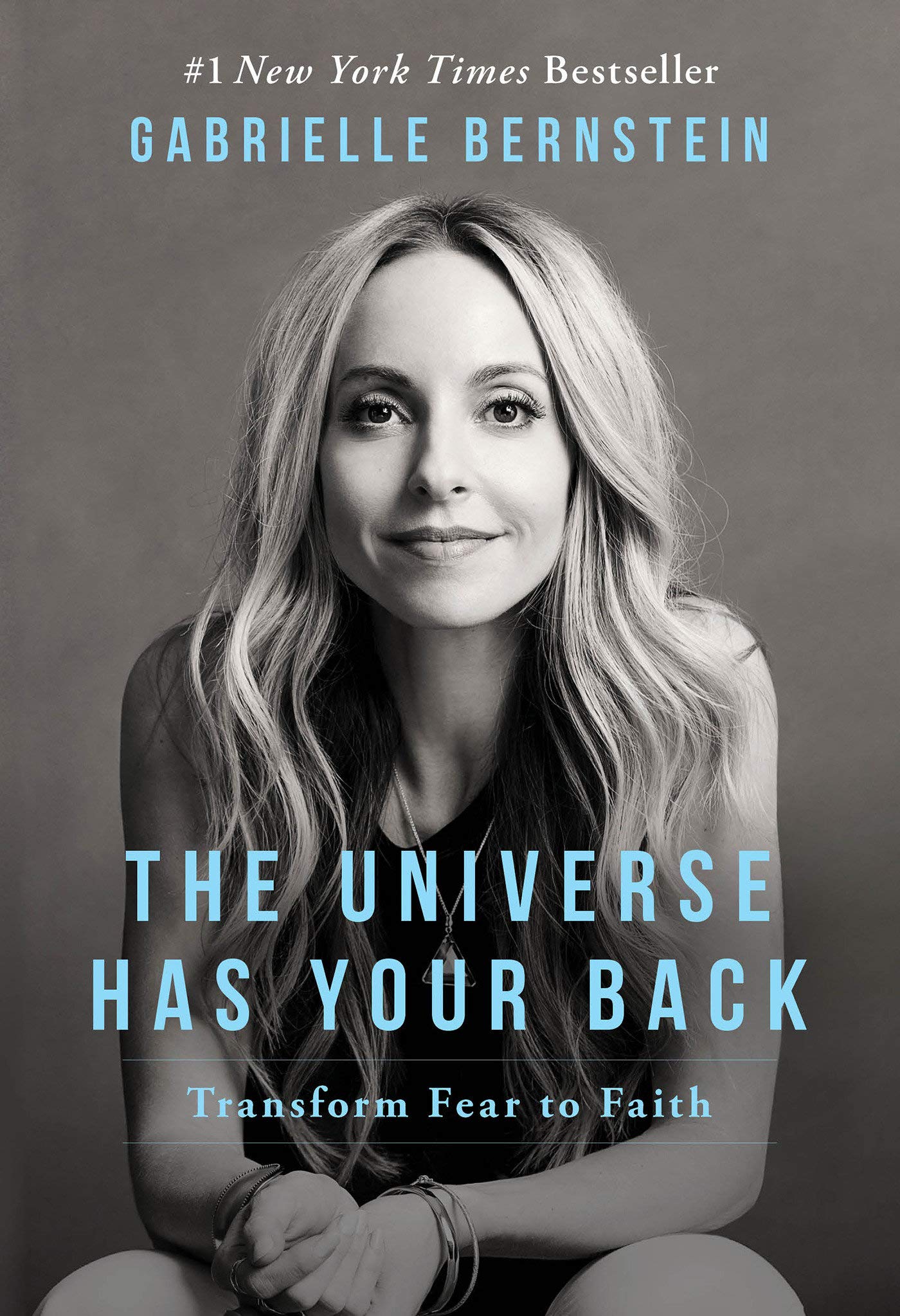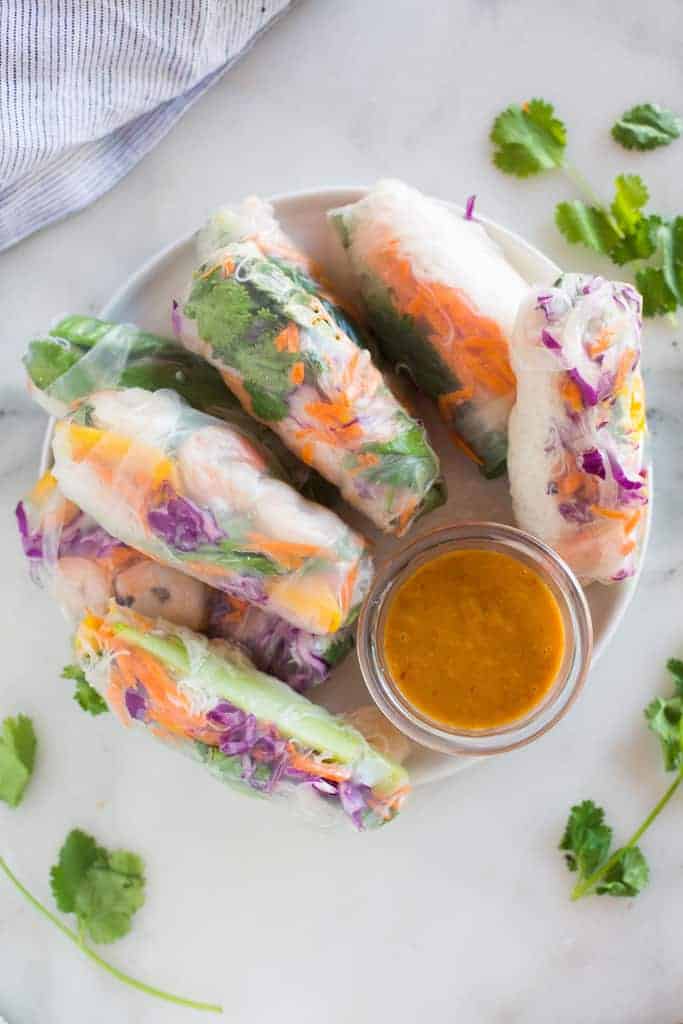VOL 21 – FLOW

Dear Ritual Club,
For June we wanted to focus on tapping more into our flow state. Flow state is that hard-to-describe feeling of being so in the zone that everything else falls away. Flow experiences can occur in different ways for different people. It often occurs when you are doing something that you enjoy and in which you are quite skilled. When you’re in the flow, you’re totally immersed in whatever you’re doing to the point that you often lose track of time or ignore outside distractions.
FLOW IS PRESENCE.
During flow state, you unlock a sense of effortless attention to the task at hand—as a result, being in the flow can be an energizing experience.
The term “flow” was first coined by Mihaly Csikszentmihalyi, the father of positive psychology, which is the scientific study of what makes life worth living. Csikszentmihalyi isn’t the first person to identify flow state—but he recorded this phenomenon as part of a larger psychological study. Csikszentmihalyi named this experience “flow” because, while interviewing people about this feeling, many people described the sensation of flowing along with a river.
Most of us have an idea of what our “flow” state feels like. It feels good, it feels without worry and getting in the flow has a variety of benefits, including:
Feeling in tune with (and in control of) your emotions
Increased satisfaction because what you produce during flow state tends to be its own reward
Increased engagement in your work
Feelings of increased creativity because you’re less self-conscious during flow state
Increased focus on what you’re doing
Confidence that what you’re working on is achievable
Examples of flow state
You can achieve flow state in many areas of life. Essentially, you can be in the flow during any activity that takes a lot of focus. When that focus transforms into flow state, it can feel like you’re so involved in your activity that time melts away. Here are a few examples of flow state in different areas of life:
Flow at work or study
One of the most rewarding things to do at work is to achieve flow state. Flow at work is when you’re so immersed in a task or project that you lose track of time. You might not even realize how much time has passed as you complete an assignment. That’s flow.
Flow and meditation
One of the most common ways people achieve flow is through meditation. When Csikszentmihalyi was first interviewing subjects about flow state, many of them described flow as a river—where you were simply floating along and letting the current drive you. This sense of effortlessness or mental weightlessness is a key part of many meditation practices.
Flow during sports
A lot of athletes describe experiencing flow state during sports events, even if they don’t always use this terminology. In sports, flow state can feel like a totally clear head. When athletes are able to focus on athletic performance without being self-conscious or worried about anything else, they are achieving athletic flow.
Flow during art
Whether you’re creating or experiencing art, you can experience flow state during various types of art—like music, movies, writing, or painting. If you’re creating art, flow state is when you’re so involved in the creation process that it’s the only thing you’re focused on. But you can also get into the flow while experiencing art. For example, have you ever been so immersed in the music you’re listening to that time passes without you realizing? These experiences make up creative flow.
We hope you enjoy this months theme, practices and interview and get in the flow of summer!

SOLSTICE MEDITATION
THEME OF THE MONTH TALK

The Ritual Book Club
To get in a state of flow you need trust, trust that all we be ok, that the world has your back. Who better to teach us that than Gabrielle Bernstein who is one of our favourite spiritual authors. In the book The Universe Has Your Back, Gabby teaches readers how to transform their fear into faith in order to live a divinely guided life. Each story and lesson in the book guides readers to release the blocks to what they most long for: happiness, security, and clear direction. The lessons help readers relinquish the need to control so they can relax into a sense of certainty and freedom. From fear to trust!
“Your presence is your power. Be mindful of how your thoughts, words, and energy disconnect you from the Universe. And know the difference between what it feels like to be connected to the presence of your power versus what it feels like when you’re not.”
Gabrielle Bernstein - The Universe has your back
STANDING MEDITATION
This QI GONG meditation is perfect to do anywhere, on top of a mountain, outside while camping, or just inside your living room. I recommend taking of your shoes and standing bear feet while doing this meditation. It grounds you as well as connects us to the flow.
YOGA FLOW WITH JULIE RUNGE
Julie Runge is a yoga teacher and production manager at Source Material that has been working as part of the rvk ritual team.
Besides teaching yoga, she works as a project manager in arts & culture and as a production manager for the dance film company Source Material.
Ritual Chat with director Samantha Shay
Samantha Shay is a director and movement artist from the US living in Germany and working at Tanztheater in Wuppertal. She also has a spiritual background and knows the delicate balance between structure and flow. In our talk she talks about the importance of structure in creativity, self work to overcome blocks and so much more! For more inspiration follow her instagram SAMANTHA SHAY
Ritual recipe of the month

FRESH SPRING ROLLS
We are obsessed with fresh spring rolls! They are healthy and can be super pretty as well. SO, even though spring is over and summer is here, we wanted to share them with you as they are the perfect summer food! This is not a strict recipe, but more of a intuitive whatever you have in the fridge type of thing
Feel free to add some tofu, rice noodles, avocado, seeds or whatever you prefer.
THE PEANUT SAUCE:
INGREDIENTS:
1/2 cup creamy peanut butter
1/2 cup water
2 tablespoons rice vinegar
2 tablespoons tamari sauce
1 1/2 to 2 tablespoons maple syrup
1 teaspoon toasted sesame oil
HOW: In a mixing bowl, use a fork or whisk to mix all the ingredients together. The peanut butter will be quite stiff at the beginning, but do not worry. Just keep working it into the liquids. In a few minutes, the sauce will reach a creamy consistency.This peanut sauce will go inside the rolls but can also be used as a dip for appetizers, a salad dressing, or a sauce for noodles! Refrigerate any leftover peanut sauce for up to a week.
THE SPRING ROLLS:
Rice paper
Any kind of lettuce leaves
1 red bell pepper, seeded and thinly sliced
2 carrots, peeled and julienned
1/2 cucumber, thinly sliced
1/4 head of red cabbage, sliced
fresh mint leaves
fresh basil leaves
The peanut sauce
HOW: Fill a shallow, wide bowl with warm water. Lightly wet the surface of the cutting board. Place the vegetables on plates or bowls and get them close to your workspace. Have a large plate ready so that you can lay your finished spring rolls on top.Dip a rice paper wrapper into the bowl of water and circle the paper around so that the entire surface is moistened. Transfer the rice paper onto the wet board. Place a lettuce leaf on top of the rice paper. Then, lay the vegetables, mint, and basil on top, about 1/2 to 1 inch away from the bottom of the wrapper.Starting from the bottom of the wrapper, start rolling everything towards the middle. Fold the left and right sides of the wrapper towards the center, and finish rolling up the spring roll. Place the spring roll onto your spare plate and repeat for the remaining spring rolls. Serve the spring rolls with the peanut sauce.
